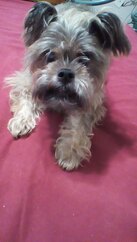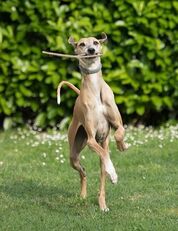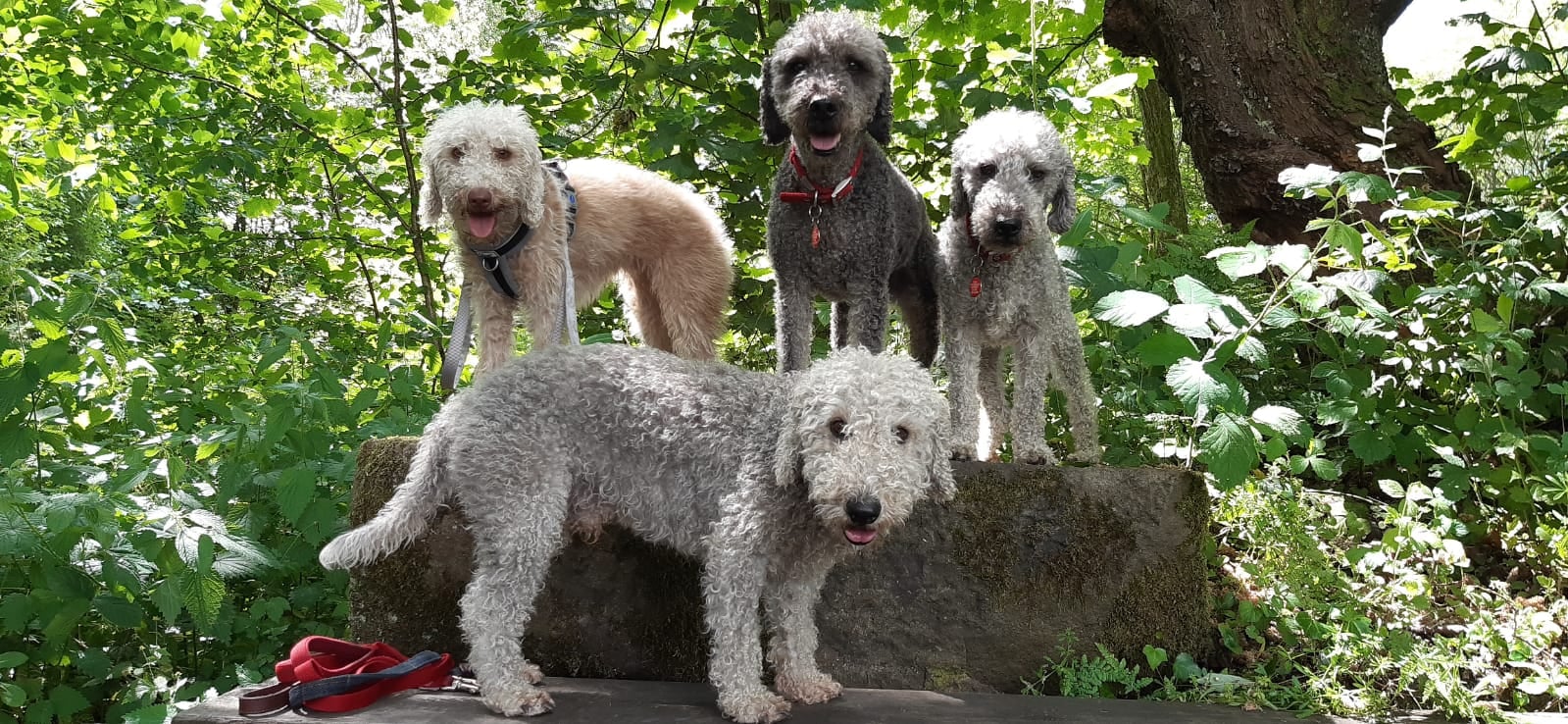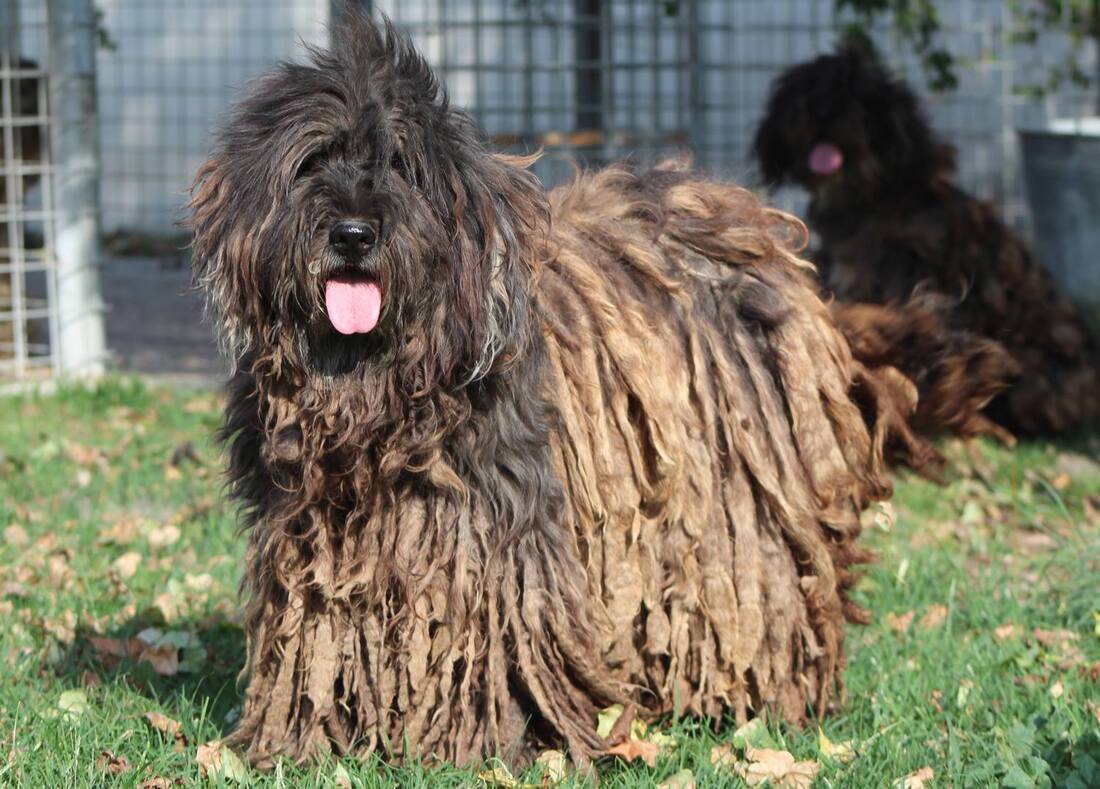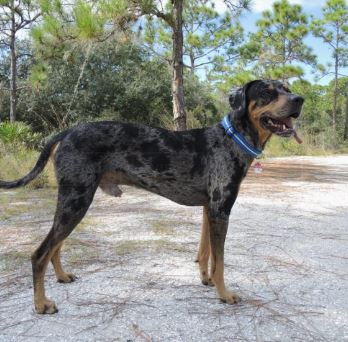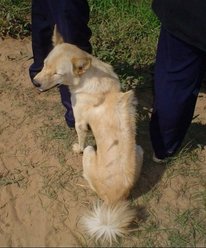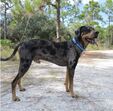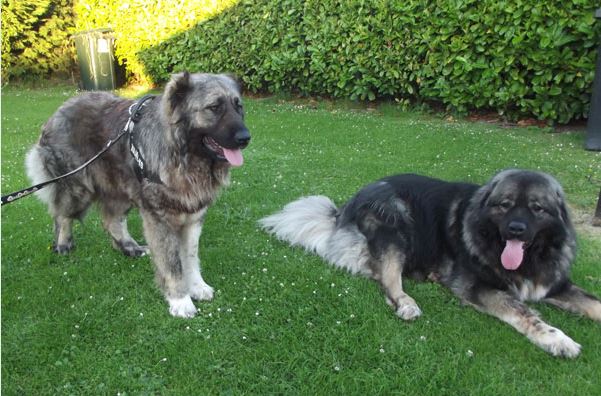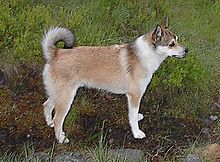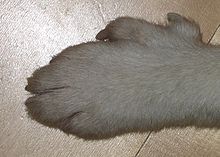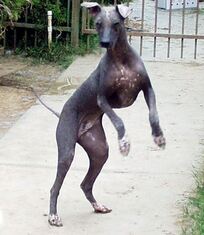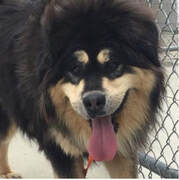Unusual and Unique Dog Breeds - just for fun!
(We have also supplied links at the bottom if you would like to investigate any of these breeds more)
(We have also supplied links at the bottom if you would like to investigate any of these breeds more)
|
Affenpinscher
One of the most ancient of toy dogs, the Affenpinscher originated in Central Europe (Munich, Germany and France), where they earned the nickname "little devil with a moustache."This sweet little dog has also earned itself the nickname of Monkey Dog because it has a very primate like appearance and personality. It has a terrier body, shaggy fur and squashed in face give it a rather unique look. Even stranger is the fact that the hair is thicker and shaggier around the chest and shoulders than it is around the hind quarters, creating a look that resembles that of a mane. |
|
Azawakh
This sighthound is very rare outside of it’s native Africa, but is finding favor in the United States, where between 100-200 dogs are said to live. This hound appears to be a stretched-out greyhound, and is more pack oriented than other sighthounds. It is used for hunting gazelles and other fleet animals of the African deserts. |
|
Bedlington Terrier
Despite looking more like a lamb than a dog this dog was a hunter of foxes, badgers and other vermin and believe it or not, once used as a fighting dog by Bedlington miners! Their heads are pear shaped, their coat sheep-like and the ears are triangular in shape. In 19th century England it was also used as a retriever. |
|
Bergamasco
This is another dread-locked dog that has a very unique look but this dog does not have dreadlocks in the form of cords but rather in what is known as a felt. Their coat has three different types of hair which is very thick and easily mats. The mats start from the spine and go down the flanks. These dogs are actually born with short, smooth fur which eventually mats in this unique way as the dog grows. |
|
Catalburun
This breed is a Turkish Pointer, and is readily identified by its “split-nose”. This may be the result of severe inbreeding, or because the local hunters prized the fabled hunting prowess of split-nosed dogs over pointers with normal appearing noses. Either way, they are virtually unknown outside of Turkey, although they are prized in their homeland for their hunting abilities. |
|
This dog may look normal at times but it is known for its rather large and unique razor down his back. These are actually tropical dogs but they have a long coat, which is not common for a dog that lives in these warm areas. But this dog does not seem to overheat and they can be found all over Cambodia. |
|
Catahoula Leopard Dog:
A dog with a sixth sense, (often) with intruiging bleu eyes and a strange coat, and capable of climbing trees. The breed name comes from its unique leopard-spot pattern overlaid on a background of almost any color or marking. |
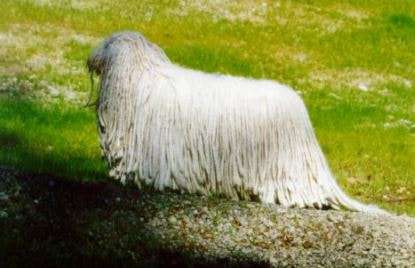
Pic - Komodor rescue. If considering one of these dogs, please do contact a Breed Rescue first and foremost. They have a wealth of knowledge on the breed and are great at pairing dogs with correct home. link below and if not near you, please search for one that is. https://komondorclubofamerica.org/rescue/
|
Caucasian OvcharkaThis huge dog is also known as the “Russian Bear Hunting Dog” and are so big and fluffy that they actually look a bit like a bear from the back.
They are hybrids of more established breeds across Europe and Asia -- including mastiffs, molossers and bandogs. They are definately not for the inexperienced owner and can be very diffiuclt dogs to handle. Far from being mutts, the Caucasians are highly specialized tools to protect properties, guard livestock, kill wolves, and hunt bears. Komondor:
Komondors resemble Pulik (the plural of Puli), as they both have corded coats. However the Komondor is quite a bit larger than the Puli and seems to resemble a large mop (the breed is always white). Actually the coat color much resembles a used mop as the cords are often a bit “off white” from dust and dirt. Komondors were bred to guard livestock and their thick coats protected them from the elements as well as predators. The Komondor needs a great deal of intense grooming. |
|
Norwegian Lundehund
peculiarities of this breed would be considered a fault in other dog breeds, but were purposely bred for in Lundehund's native Norway. They have six toes (sometimes more) on each foot that allow them to climb on vertical cliffs and their neck joints enable them to bend their head backward 180 deg over their shoulders so that their forehead touches its back. |
They can also close their ear canals at will (to protect them against dirt and moisture). Their fore-shoulder joints are extremely flexible and empower both front legs to be stretched straight out to both sides, for greater ease in swimming and maneuvering in the narrow crevices in Norwegian sea-side cliffs where their avian prey lives |
|
Peruvian Inca Orchid
Also know as the Peruvian Hairless Dog. According to the FCI breed standard, the most important aspect of its appearance is its hairlessness. The dog may have short hair on top of its head, on its feet, and on the tip of its tail. In Peru, breeders tend to prefer completely hairless dogs.The color of skin can be chocolate-brown, elephant grey, copper, or mottled. They can be totally one color or one color with tongue pink spots. |
|
Tibetan Mastiff
Bhutan and Nepal), and the Westernized purebred breed can vary in temperament, but so can dogs of identical breeding, within the same litter, raised in the same household. Elizabeth Schuler states, "The few individuals that remain in Tibet are ferocious and aggressive, unpredictable in their behavior, and very difficult to train. But the dogs bred by the English are obedient and attached to their masters." Other observers of the dogs in Tibet have not found them to be particularly ferocious or aggressive—and not all Western-bred dogs are either obedient or attached to their masters
|
Thai Ridgeback first appeared in eastern Thailand more than 400 years ago. Used by farmers as guard dogs, watchdogs and hunters, these canines were mostly isolated with few opportunities to crossbreed. Rarely seen in the U.S. and Europe, the Thai Ridgeback is still very popular in Thailand.This where it is known as Mah Thai.
|
Xoloitzcuintli
The Xoloitzcuintli's name is a combination of Xolotl, an Aztec god, and Itzcuintli, an Aztec word for dog. The name is pronounced Sho-lo-eets-quint-lee but if that becomes too challenging this dog is also known as the Mexican hairless. The ancient Aztecs believe that these dogs were needed to help guide the souls of their masters into the underworld. What makes this dog stand out is not only the fact that it is hairless but also because it has a long neck, bat ears, almond eyes and a sleek body. |
Read more: 10 Weirdest Dog Breeds - Weird Worm
Read more: 10 Weirdest Dog Breeds - Weird Worm
http://dogbreeds.bulldoginformation.com/unusual-dog-breeds.html
http://en.wikipedia.org/wiki/Tibetan_Mastiff
http://www.readersdigest.ca/pets/fun-facts/10-unique-dog-breeds
http://www.dogguide.net/blog/2008/02/10-of-the-strangest-looking-dogs/
http://www.theequinest.com/unusual-dogs/
Read more: 10 Weirdest Dog Breeds - Weird Worm
http://dogbreeds.bulldoginformation.com/unusual-dog-breeds.html
http://en.wikipedia.org/wiki/Tibetan_Mastiff
http://www.readersdigest.ca/pets/fun-facts/10-unique-dog-breeds
http://www.dogguide.net/blog/2008/02/10-of-the-strangest-looking-dogs/
http://www.theequinest.com/unusual-dogs/

